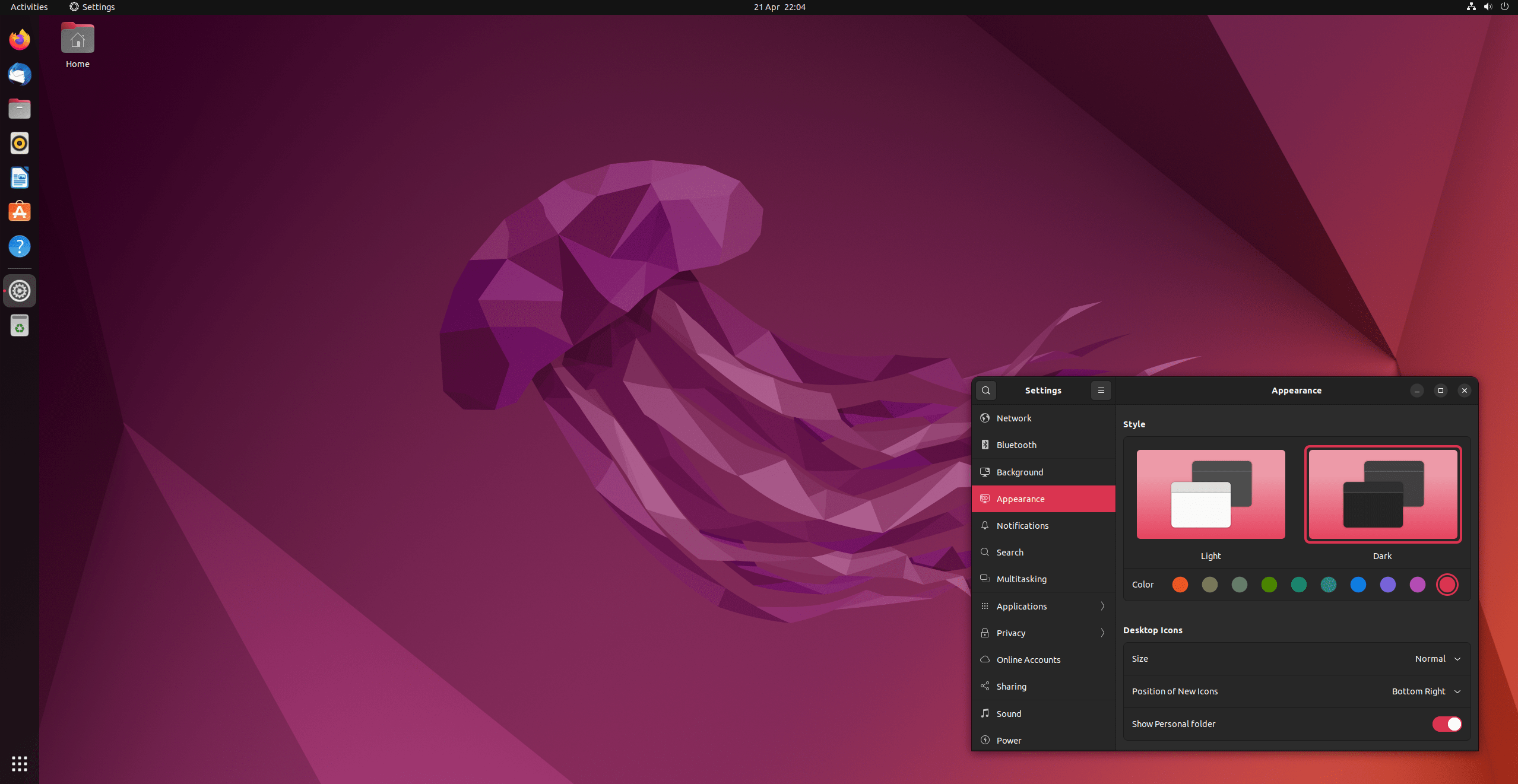My Coding Journey
Terminal & File Management
Using the Linux terminal was essential for navigating and managing my project files. Some of the key commands I used were:
cd – change directorymkdir – create a folderls – list files
These commands were crucial for keeping my project organized and efficient.
I installed necessary developer tools using Ubuntu’s apt package manager. Key commands I used include:
sudo apt update – updates the package listsudo apt install <package_name> – installs specific tools like Python and Ruby
Setting Up Python Environment
To keep my project dependencies organized, I set up a virtual environment for Python:
python3 -m venv venv – creates an isolated environmentsource venv/bin/activate – activates the environment
This helped me keep my project dependencies separate from the system’s global packages.

Installing Python Packages
With the virtual environment active, I used pip to install the necessary packages for my project:
pip install -r requirements.txt – installs everything listed in the requirements file
Ruby and Jekyll Setup
To run Jekyll for GitHub Pages, I installed the required Ruby gems using:
bundle install – installs the necessary Ruby packages
This set up my local environment for creating and testing the website.
Launching the Local Server
I used the command make to run the local server, allowing me to preview my website at http://127.0.0.1:4000. This was crucial for testing changes before pushing them live.
Syncing with GitHub
After making updates, I saved my changes using Git:
git commit -m "insert message" – commits my changesgit push – pushes the changes to the remote repository
GitHub Pages then automatically rebuilds the site with the new changes.
This journey has helped me understand the importance of organization and attention to detail in coding projects.
-
-
Binary Base 2 Math
Apr 28, 2025
-
Undecidable and Decidable Problems
Apr 22, 2025
-
Big O + Algorithim Efficiency
Apr 21, 2025
-
-
Binary Search
Apr 7, 2025
-
Safe Computing
Apr 1, 2025
-
Legal/Ethical Concerns
Mar 31, 2025
-
Crowd Sourcing
Mar 25, 2025
-
Computing Bias
Mar 24, 2025
-
Digital Divide
Mar 21, 2025
-
How do technological innovations impact society in both positive and negative ways?
Mar 20, 2025
-
Establishing pair programming habits in the classroom. This will extend to other forms of collaboration, such as group work and team projects.
Aug 17, 2023
-
A key to learning in this class is understanding how to make a GitHub Pages project. This guide will setup and run the project. At the end, you will have a student Website that can be used for blogging classroom learnings and progress.
Aug 21, 2023
-
Handwritting detection using Tensor Flow
Feb 20, 2025
-
Machine Learning and Fitness Data, using a linear regression model. The purpose of this model is to maximize calories burn.
Feb 20, 2025
-
Data connections, trends, and correlation. Pandas is introduced as it could be valuable for CPT and PBL.
Feb 19, 2025
-
This blog contains basic techniques for analyzing a dataset using the Python Pandas module. Python is a primary language for data science and is useful for backend operations like analyzing and storing data.
Feb 19, 2025
-
Exploring the Titanic dataset with machine learning.
Feb 19, 2025
-
Frontend coding and backend design will always be related. In building Views, frontend designs will work with the backend APIs, those APIs can work with databases.
Jan 13, 2025
-
Using Programs with Data is often focused on SQL and database actions. This blog focuses on SQLAlchemy and an OOP programming style.
Jan 8, 2025
-
Using Programs with Data is focused on SQL and database actions. This blog focus is SQL connections and curses using an Imperative programming style.
Jan 8, 2025
-
This is a mini project, warming up to CPT guidelines. Read this to article and starrt developing ideas for your Binary Logic requirements. Real binary abstractions include ASCII, Unicode, RGB Colors, Images,Logic Gates, etc.
Jan 6, 2025
-
Quick launch into Flask, sending and receiving data from a web server.
Dec 2, 2024
-
Quick launch into Variables, Functions, Arrays, Classes, Objects.
Sep 15, 2024
-
GitHub pages was built with Python and Jupyter Notebooks in mind. This post is to verify tools by using Python.
Sep 15, 2024
-
JavaScript, HTML, CSS and Markdown are the primary coding languages used by bloggers when developing in the GitHub Pages system. Student developers can learn functionality while adding functionality to their GitHub pages website.
Aug 23, 2023
-
These hacks are for tools that are used in the development process. Completing these hacks will help you to understand the tools better and are foundational for the course
Aug 23, 2023
-
Linux and the shell is used in this example to setup and verify the installation of the tools. Additionally, a few programming exercises are included.
Aug 22, 2023
-
Tech has reshaped our lives, from the internet to the smartphone in your phone pocket, or the advent of AI. This course is opening new technology possibilities, by equipping you with the developer tools that are the keys to boundless technology possibilities.
Aug 21, 2023
-
This class will require you to make a Portfolio 2025 Web Site, a GitHub Account, a Slack Account, and as part of final exam will require you update your LinkedIn account.
Aug 19, 2023
-
Pair Programming allows you to have secondary thinking as you work, not just a reflection after you are done, but real-time support.
Aug 16, 2023
-
Anytime in Sprint 1 is time to show accomplishments to teacher. The last week of the Spring there will be a formal live review meeting.
Aug 16, 2023
